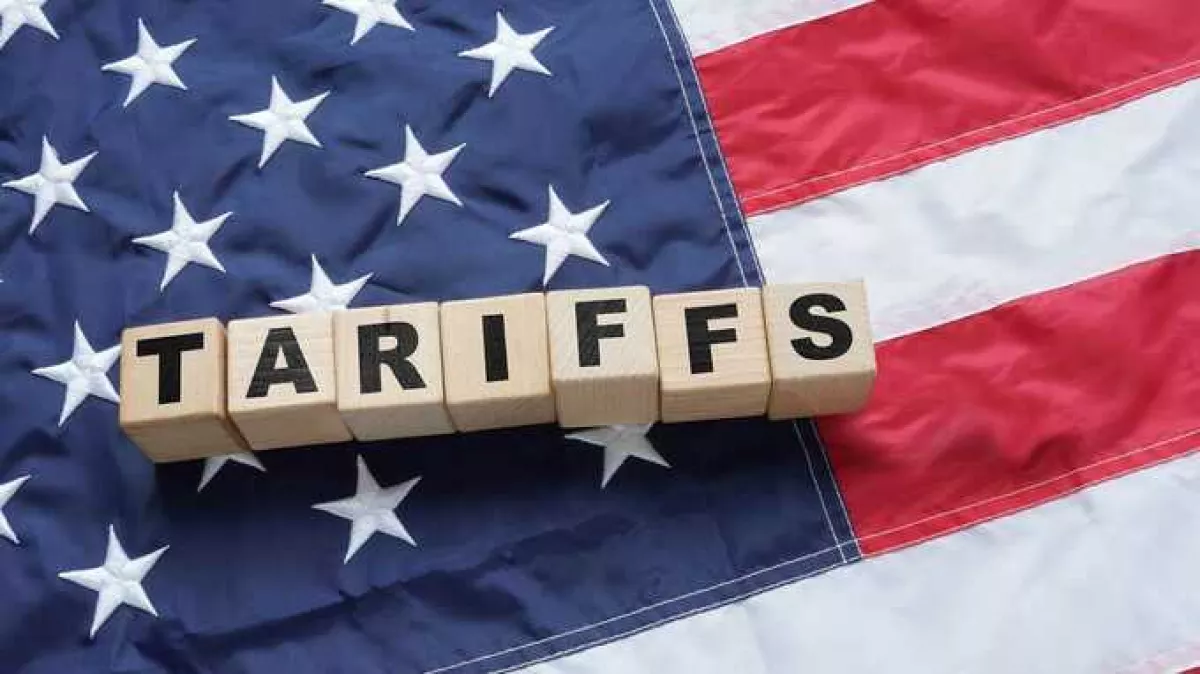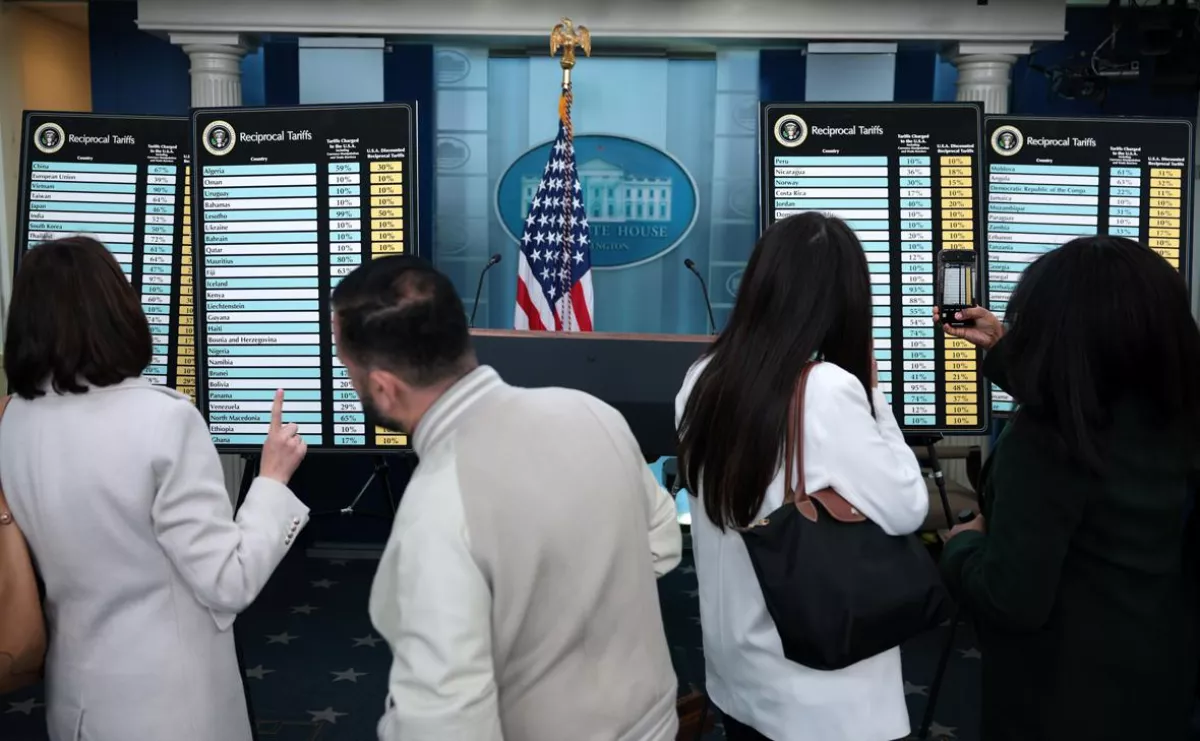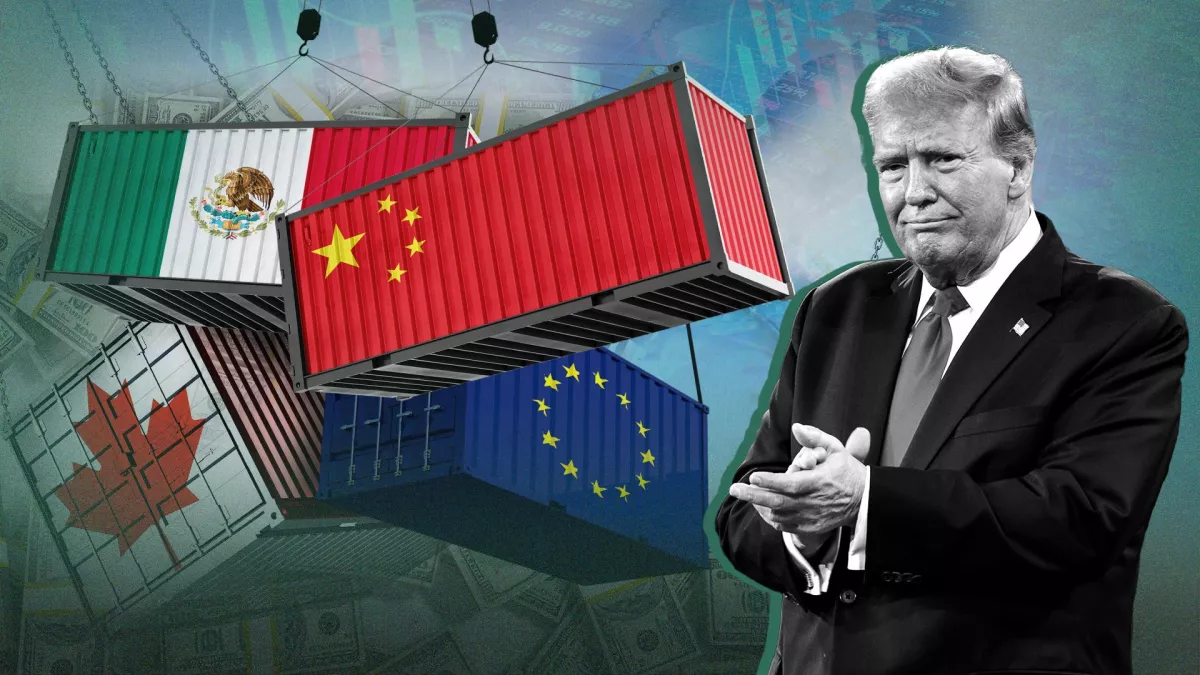American-style economic reset The logic and risks of tariff policy
Raising tariffs is one way to stimulate economic development in the United States. The problem isn’t tariffs themselves, but rather the way the U.S. implements them.
Tariffs and the U.S. economy
The United States has the scientific and technological capabilities, as well as the necessary resources, to pursue a policy of protecting its domestic market and local manufacturing through high tariffs. Similar policies have been adopted—or are still being used—by several powerful and fast-growing innovative economies, such as China, South Korea, India, Israel, and even Japan, which, while growing more slowly, remains wealthy and developed. So why shouldn’t the U.S. do the same? Such a move could lead to rapid industrial growth and greater concentration of production within America—something that could be especially important in the current global climate.
There is a perfectly rational line of thinking among some American economists. It suggests that such a strategy could help U.S. leadership tackle a number of pressing problems.

First, if it becomes more cost-effective to produce goods in the U.S. rather than importing them from abroad, this could theoretically lead to a situation where global production begins to concentrate in America rather than in China, which has long been considered the world’s factory. This might result in the U.S. becoming a more attractive destination for investments than it is today. However, this would need to be accompanied by creating favorable conditions for businesses, meaning a radical easing of taxes and regulatory rules (Trump has such plans). It’s important to note, though, that these two goals may not always align: if new factories start polluting the environment or demolishing local homes, it would undoubtedly face resistance.
Second, by protecting the domestic market, the U.S. could concentrate efforts on developing certain key technologies to prevent them from falling into the hands of competitors, while simultaneously ensuring the country’s defense capabilities. Indeed, in the context of global instability and the U.S.’s rivalry with the new superpower, China, it would be unwise for the U.S. government, corporations, and military to rely on Chinese production for antibiotics, ventilators, metallurgy, or even components for their own missiles and communication systems.
The United States—alongside China and India—is perhaps one of the few countries in the world that can afford to increase the insulation of its economy from foreign goods. America possesses the intellectual and natural resources, as well as the necessary capital, to support such a shift. The U.S. could, for example, increase defence spending (as Trump is doing) and revise legislation to make domestic mineral extraction more profitable, thereby supplying new factories with essential metals.
This could form part of a broader plan by the U.S. leadership—that is, a coalition of top government officials and executives from some of the nation’s largest corporations, who in practice control nearly all major decision-making. Transforming America into a country with a massive, growing, and skilled working class capable of executing any task would give it a competitive edge in the struggle against other global powers, rather than remaining dependent on them.
Of course, there are counterarguments—such as the rise of automation and the high cost of labour in the U.S.—but these ideas are by no means absurd. In fact, there are economists who support them.

Finally, third, high tariffs are a clear left-wing policy that resonates with voters, particularly in the Rust Belt, among the tens of millions of Trump supporters from the white working class who today suffer from the loss of stable jobs due to factories being relocated to Mexico, China, Bangladesh, and Vietnam. This, of course, pertains to traditional left-wing views, those who advocate for statism (the belief in the high role of the state in the economy), and who think that the government should take responsibility for industrial development and job creation.
Ironically, Trump’s program, which on one hand includes tax cuts for businesses—clearly benefiting a number of large corporations—also incorporates left-wing elements. It’s important to remember that this refers to traditional left-wing views, not those of proponents of a communitarian-socialist society based on self-management of labor and territorial collectives, similar to the Paris Commune. Perhaps the U.S. administration has a simple calculation in mind—to create more jobs for Trump’s core electorate.
What's the catch?
All of this sounds reasonable, but it's a completely different matter how Washington actually went about it. You can’t start trade wars with the entire planet at once. You can’t jeopardize your own economy and the profits of American companies by threatening to trigger a global recession with tariff increases of tens of percent against 60 countries simultaneously. Such drastic measures destroy the market. Tariffs are a dangerous, delicate tool that can be compared to a surgical knife, and if used recklessly, like a cleaver in a butcher shop, it can kill the economy, tearing apart multiple production chains at once and causing a global downturn. Virtually all reputable economists have expressed concerns about tariffs, pointing out that this makes a global recession highly likely. The bull market in the U.S. itself lost trillions of dollars. In today’s interconnected economy, everything is linked to everything else: the collapse of major companies in one country will lead to declines elsewhere, wiping out millions of jobs and hitting the wallets of ordinary people, including in the U.S. itself.
Finally, Washington imposes tariffs, then cancels them. This is even worse for the economy than the tariffs themselves, and this view is also widely agreed upon by economists. This creates uncertainty in the markets, making the main goal of the current administration—reindustrializing the U.S.—unachievable. Who will want to invest in America, planning to build a factory there in one or two years in order to make a profit in three years, when Washington is radically changing its tariff decisions almost daily?
Political consequences
The decisions made in Washington also have serious political consequences for the U.S. Politics and economics are closely intertwined. You can’t quarrel with all of your key allies at once, especially with Europe, Japan, and South Korea, particularly while showing clear reluctance to defend them militarily and politically. This policy leads to closer ties between Europe, South Korea, and Japan with the U.S.'s main competitor and geopolitical rival—China.
China, Japan, and South Korea have, for the first time in five years, held consultations on expanding trade between them. Discussions on free trade plans have already begun, which also creates some grounds for political rapprochement, though this is still quite fragile. These three enormous economies are going through a perilous moment due to their heavy reliance on supplies to the U.S. market. So, what are they to do now? A possible solution is to sell more goods to each other.
The same principle could apply to China’s relations with Europe. The U.S. has already imposed 145% tariffs on China, and in response, China has imposed 125% tariffs on the U.S., meaning trade between the two countries could grind to a halt. It’s likely that Trump will try to force China into a favorable deal, after which he may reduce some of the tariffs, but negotiations could take an indeterminately long time.

So, what should China do with the hundreds of billions of dollars worth of goods it used to export to the U.S.? Perhaps it should send them to Europe? Beijing is quickly redirecting its policy, trying to improve relations with the European Union and the United Kingdom, and it has a good chance of succeeding. China and the EU are two gigantic economies, each accounting for 18-19% of global GDP. Europeans have also suffered from U.S. tariffs, though not as much. Chinese President Xi Jinping has begun talking about how Europe and China should jointly defend economic globalization and the international trading system, and collectively oppose the unilateral bullying actions of the U.S.
For their part, U.S. Treasury Secretary Scott Bessent stated that in the escalating trade war between China and the U.S., the 70 countries negotiating with Washington should approach China as a united group under U.S. leadership. Other U.S. officials told Europeans that they should help the U.S. deny China access to their markets and modern technologies.
However, it’s not clear that Europeans will follow this path. Trump informed them that he does not intend to defend them in case of military conflict, imposed protective trade tariffs on them, and simultaneously started a trade war with China. But if the U.S. is no longer Europe’s ally, then China is not necessarily its enemy. Of course, there is a great deal of inertia in politics, and European officials make various statements. But ultimately, much will be decided by money. Over time, financial and trade flows might simply bypass America.








